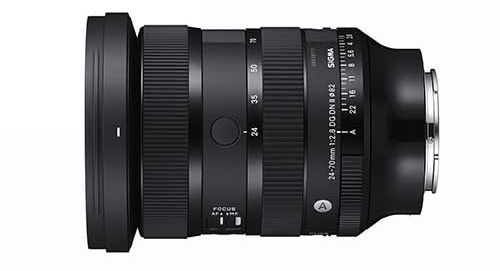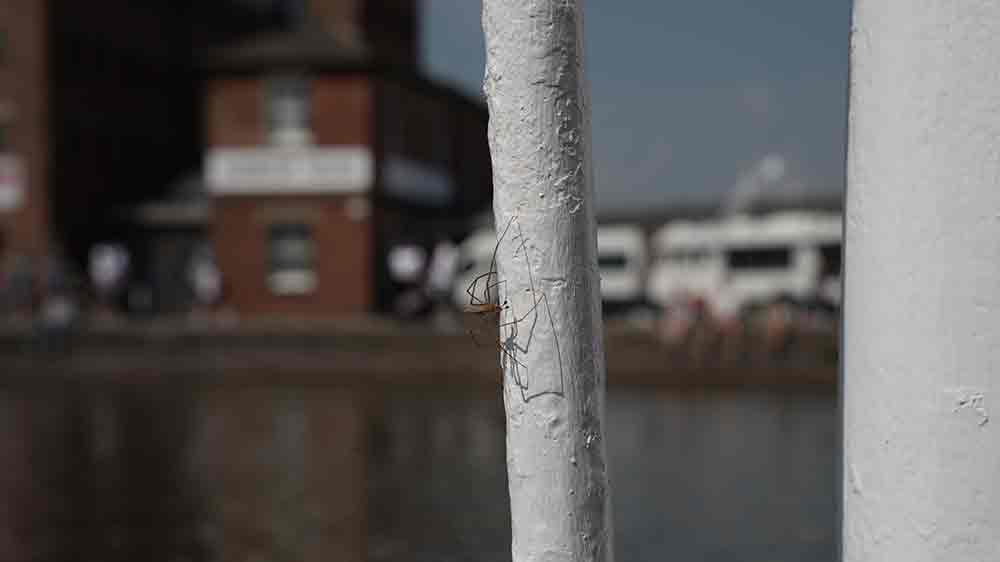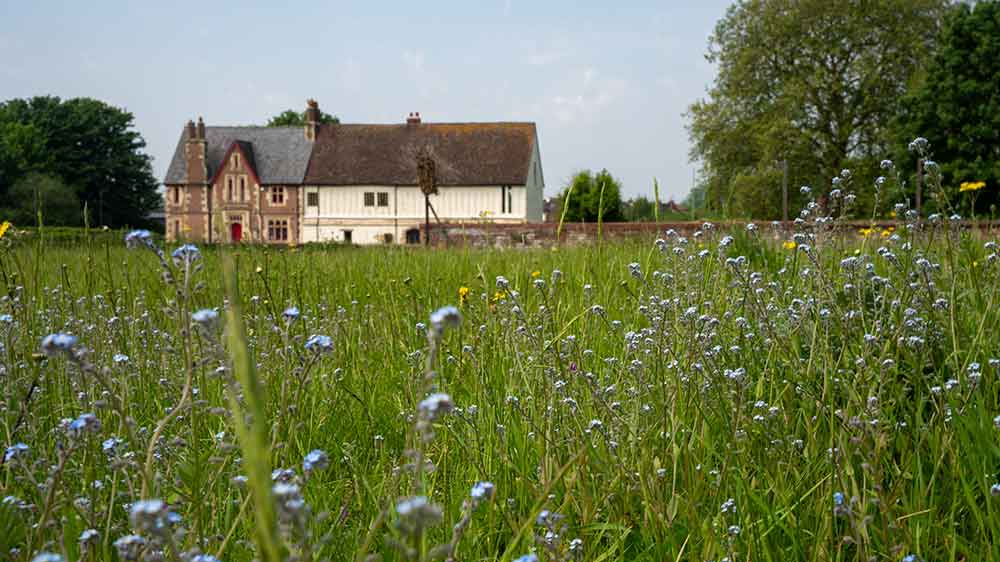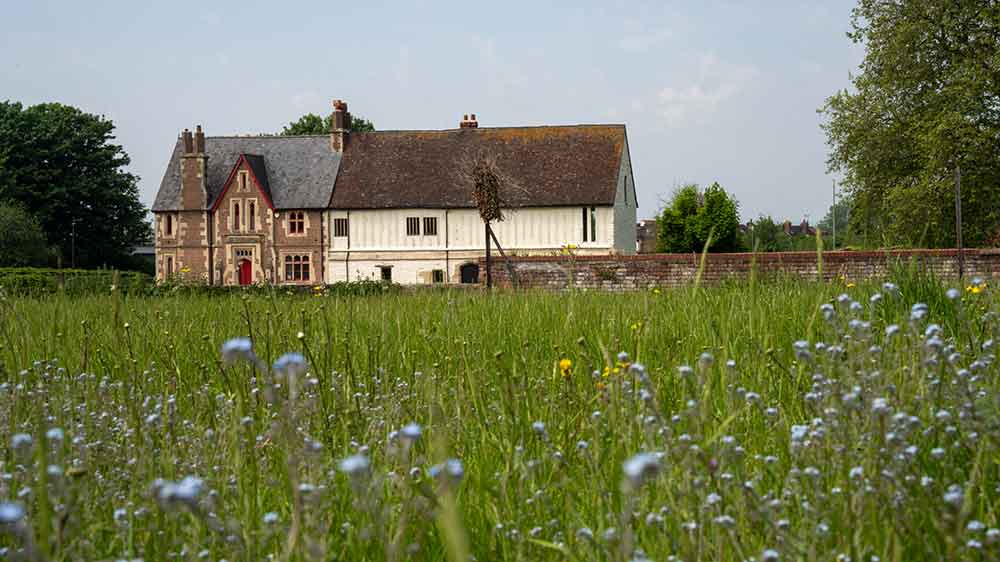Sigma AF 24-70mm f2.8 DG DN Art Lens MK II Review
Sigma has recently released the latest in their Art Lens series, the Sigma AF 24-70mm f2.8 Lens MK II. The next generation of the renowned Sigma AF24-70mm f2.8 DG DN Art Lens with improved optical performance and increased resolution throughout the entire zoom range. I had the opportunity to try out this latest Sigma lens while the Gloucester Dragon Boat Race was on.
The glorious sunshine made an appearance throughout the whole weekend, which meant it was a fantastic time to go out and get photos. I paired the Sigma AF 24-70mm lens with the Sony a7R IV, featuring a 33MP EXMOR R CMOS back-illuminated sensor allowing for an incredible amount of detail to be captured.
Thoughts before using the lens
I will admit, I had some preconceptions and a few concerns before setting off with the camera and lens. It was my first time using a Sony system and a Sigma lens so there were a few teething issues to start off with while I got used to the layout of the camera. The size and weight of the setup were also a concern. The full-frame camera set-up dwarfed my usual micro four-thirds camera and I worried that the strain on my wrists and neck would become very noticeable.
This combination of camera and lens was something I hadn’t worked with before, but nonetheless, I was determined to go out and push myself out of my comfort zone and really see what this lens was capable of.
Sigma AF 24-70mm F2.8 DG DN Art Lens Mk II
Dual Function Buttons
The Sigma AF 24-70mm has been designed with dual-function buttons, positioned on the side and on top of the lens, these can be set within the camera along with the Sony’s own fn buttons. The positioning allows you to access them in both landscape and portrait orientation. I found it really easy to set up the function buttons from the camera menu, and the positioning of my fingers naturally rested against them in landscape and portrait mode.
Stunning Subject Separation
I was incredibly impressed with the subject separation this lens was capable of, while I took photos of the event I noticed what I think was a Cellar spider crawling along one of the railings next to the dock. I will apologise now to anyone who also has an aversion to eight-legged creatures, however, I think this is one of the most effective images to demonstrate the level of detail this lens was able to capture.
1/250 sec, f/11, ISO 50
Moving on from the arachnid from my current nightmares, I was able to use the camera set-up successfully as I moved up and down the docks, exploring possible angles. Although I had concerns regarding the set-up's weight, I could use the camera and lens consistently throughout the weekend without the weight impacting my experience.
Getting Close
I couldn’t resist trying out the 17cm minimum focusing distance, so I headed a little further up the dock to Lianthony Secunda Priory which has a wonderfully maintained historical garden. The flowers were blooming and the insects and bees were all out, of course, I attempted to get the obligatory photo of a bee on a flower. While the Bees were feeling uncooperative, flying off every 2 seconds to the next flower, the lens did not disappoint. I am amazed at the amount of detail it was able to pick up of the individual flowers.
1/800 sec, f/4.5, ISO 50
Fast Auto Focus
The Sigma AF 24-70mm MK II lens features a high-output HLA linear motor enabling faster and smoother operation than its predecessor. The autofocus locked in and tracked subjects as they moved through the frame extremely efficiently, which impressed me.
Using Manual Focus
I switched in and out of manual focus via the switch on the side of the lens. I used the manual focus system to experiment more with the focal point in the background and the foreground, both the focus ring and aperture ring moved smoothly allowing me to adjust the exposure and focus without taking my eye away from the shot. The aperture ring also features an aperture ring click switch, when engaged the aperture ring provides feedback as you turn the ring which is ideal when making precise adjustments. Videographers might prefer to switch this feature off to allow for a more consistent and vibration-free operation.
1/25sec, f/22, ISO 64 - 1/25sec, f/22, ISO 50
Fantastic Build Quality
The careful thought and design that has gone into the creation of the lens is undeniable, with the zoom extension and operating ring constructed out of metal, providing a sturdy and robust feel when using the Sigma 24-70mm MK II.
Final Thoughts
The Sigma AF 24-70mm f2.8 DG DN Art Lens MK II was brilliant to work with. Thanks to its construction it is 10% lighter than its predecessor and its ergonomic design makes it super comfortable and easy to handle. The focal range makes it a fantastic, versatile lens to use in a number of different situations. Although I didn’t use the Sigma 24-70mm in a studio or portrait setting, I believe this lens would be in its element almost anywhere.
What to know more?
Take a closer look at Sigma AF 24-70mm F2.8 DG DN Art Lens MK II
Read next
- Sigma C 17mm, 23mm & 50mm | The Three Musketeers of Lenses?
- Sigma 28-70mm F2.8 DG DN Contemporary Lens Review
- First Impressions of the Sigma 150-600mm F5-6.3 DG DN OS Sport Lens
Thank you!
Thanks for taking the time to read our blog, we really do hope they help you out and answer some of your questions. If you still have some unanswered, then please feel free to get in touch with our team of experts.
We have a LiveChat option on our website and we can, of course, be contacted via our email, we're also on the end of the phone too! Read more on how to contact us here >
Want to write for us?
If you've got experience with producing content on photo, video and/or optics products or techniques then we would love to hear from you. Contact our blog editor, Bea, with a sample of your work at bea@cliftoncameras.co.uk.
- By Emma Lawson
- 20 May 2024







































































